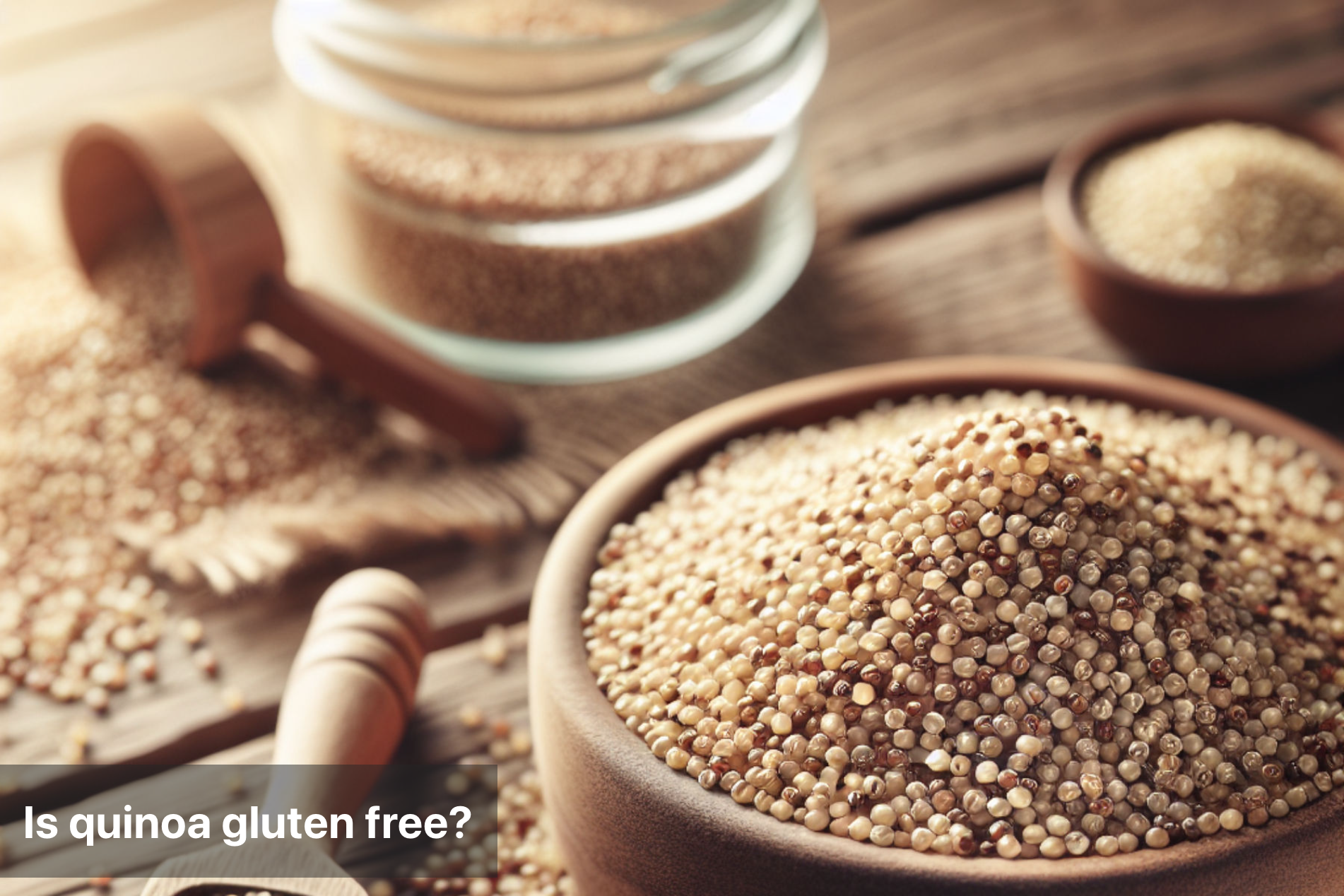
Is quinoa gluten free?
Quinoa, a nutrient-dense pseudo-cereal, has gained significant popularity in recent years due to its exceptional nutritional profile and versatility in various culinary dishes. This ancient grain-like seed, originating from the Andean region of South America, comes in different colors like white, red, and black, adding a vibrant touch to meals.
One of the key attractions of quinoa is its gluten-free nature, making it a suitable choice for individuals with gluten sensitivities or celiac disease. Being naturally gluten-free, quinoa serves as a valuable alternative to wheat, barley, or rye for those following a gluten-free diet.
Rich in protein, fiber, vitamins, and minerals, quinoa offers numerous health benefits, including improved digestion, enhanced energy levels, and better heart health. It is particularly praised for being a complete protein source, containing all nine essential amino acids vital for bodily functions.
Due to its distinct nutty flavor and slightly chewy texture, quinoa is a versatile ingredient that can be incorporated into salads, soups, stir-fries, or even baked goods. Whether enjoyed as a side dish or as the main component of a meal, quinoa stands out for its nutritional value and culinary adaptability, making it a popular choice among health-conscious individuals seeking a gluten-free grain alternative.

Is Quinoa Gluten Free?
|
Nutrient |
Value per 100g of Cooked Quinoa |
|
Calories |
120 kcal |
|
Protein |
4.1 g |
|
Carbohydrates |
21.3 g |
|
Dietary Fiber |
2.8 g |
|
Total Fat |
1.9 g |
|
Calcium |
17 mg |
|
Iron |
1.5 mg |
|
Magnesium |
64 mg |
|
Gluten Range |
0 |
How to Ensure Quinoa is Gluten Free?
1. Choose Certified Gluten-Free Quinoa
-
Look for Certification: Purchase quinoa that is labeled as “certified gluten-free.” This ensures it has been tested and processed in facilities that prevent cross-contamination with gluten-containing grains.
2. Check for Cross-Contamination
-
Read Labels Carefully: Even if quinoa is naturally gluten-free, it can be processed in facilities that also handle gluten-containing grains. Choose brands that have dedicated gluten-free processing lines or facilities.
-
Buy from Reputable Sources: Purchase quinoa from trusted brands known for their gluten-free practices.
3. Rinse Before Cooking
-
Rinse Thoroughly: Rinse quinoa under cold water before cooking. This helps remove any surface residue and saponins (natural coating), which can sometimes be mistaken for contaminants.
4. Use Separate Cooking Utensils
-
Avoid Cross-Contamination in the Kitchen: Use separate cooking utensils, pots, and pans that are thoroughly cleaned to prevent cross-contamination from gluten-containing foods.
5. Store Properly
-
Keep Quinoa in a Gluten-Free Environment: Store quinoa in airtight containers in a cool, dry place. Avoid storing it next to gluten-containing grains or products.
6. Look for Quality Assurance Marks
-
Check for Gluten-Free Symbols: Some products display gluten-free symbols or certification marks. These can help ensure the product meets gluten-free standards.
7. Consult Manufacturer or Supplier
-
Contact for Information: If you have concerns, contact the manufacturer or supplier for detailed information about their processing and handling practices.
8. Consider Organic Quinoa
-
Opt for Organic: Organic quinoa is often less likely to be contaminated with gluten, as it is less likely to be processed with non-organic grains. However, always check the certification.

Quinoa vs. Gluten: Can You Eat Quinoa on a Gluten-Free Diet?
Throughout the blog, we discovered that quinoa is indeed gluten-free, making it a versatile and nutritious option for individuals with gluten sensitivities or celiac disease. The scientific evidence and industry standards have consistently supported the claim that quinoa is a safe choice for gluten-free diets.
By delving into the details of gluten and its presence in various food products, we have gained a better understanding of why the gluten-free status of quinoa is noteworthy. Its natural composition and absence of gluten have positioned quinoa as a valuable addition to gluten-free diets worldwide.
As we wrap up our exploration, it is clear that quinoa stands out as a gluten-free superfood, offering a plethora of health benefits without the concerns associated with gluten. Embracing quinoa as a staple in gluten-free diets can not only enhance nutritional intake but also add a delicious and versatile element to meals.
FAQs
-
Is quinoa gluten-free?
Yes, quinoa is naturally gluten-free.
-
Is quinoa safe for people with gluten sensitivity or celiac disease?
Quinoa is considered safe for individuals with gluten sensitivity or celiac disease as it does not contain gluten.
-
How can I be sure the quinoa I buy is gluten-free?
To ensure that your quinoa is gluten-free, always check the packaging for a gluten-free label or certification.
-
Can cross-contamination with gluten occur during quinoa processing?
Cross-contamination is possible during processing, so it's recommended to choose brands that follow strict gluten-free practices.
-
What are some gluten-free recipes that feature quinoa?
Quinoa can be used in various gluten-free recipes, such as salads, soups, and as a substitute for grains like rice or couscous.
This Blog post is an initiative by Lo! Foods, to provide accurate and Nutritionist / Doctor approved information related to Health. Lo! Foods is India's leading brand for Everyday Functional Foods. Foods designed for specific Health conditions or Needs. Lo! Foods also runs India's largest range of Low Carb Healthy Cloud Kitchens, under the brand names of Lo!, ProteinChef, ATH (All Things Healthy) and DiabeSmart.
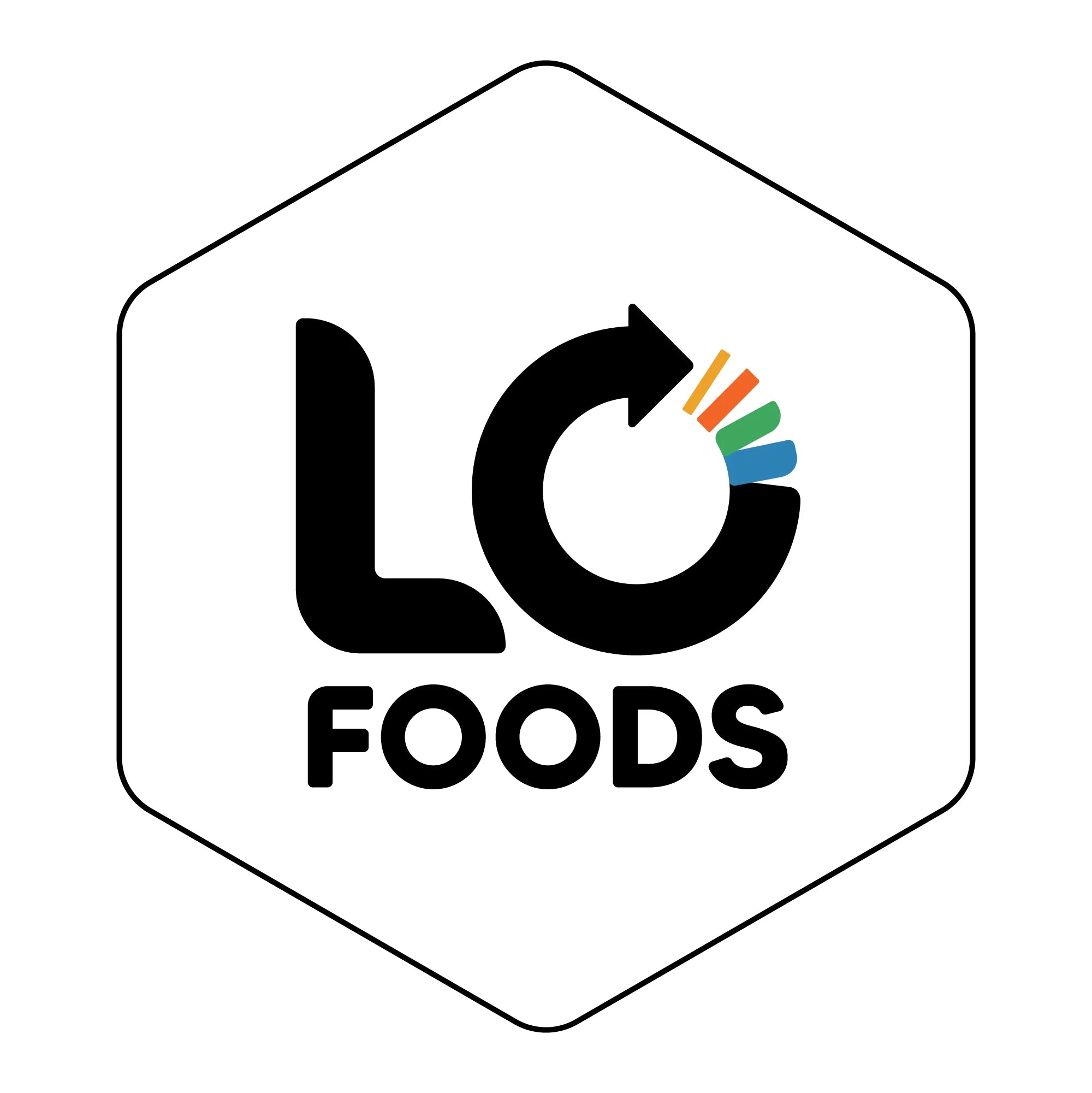


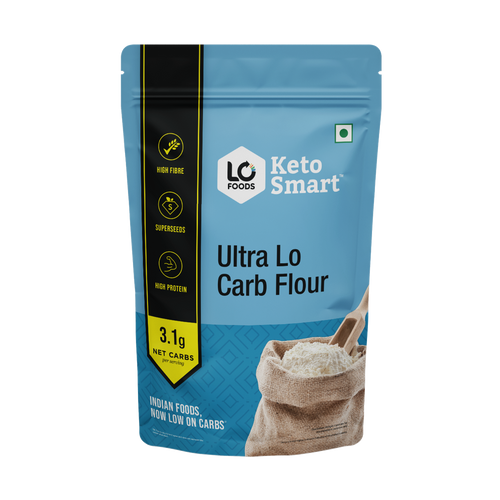
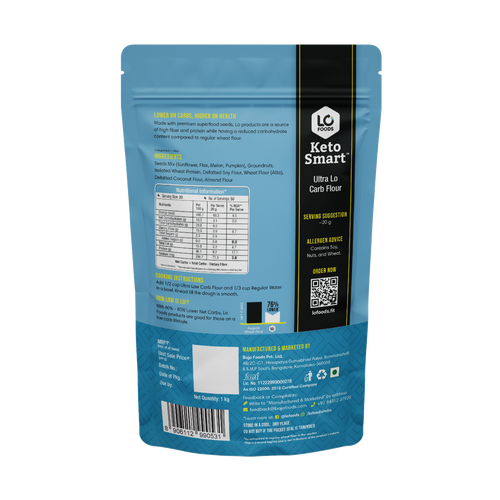
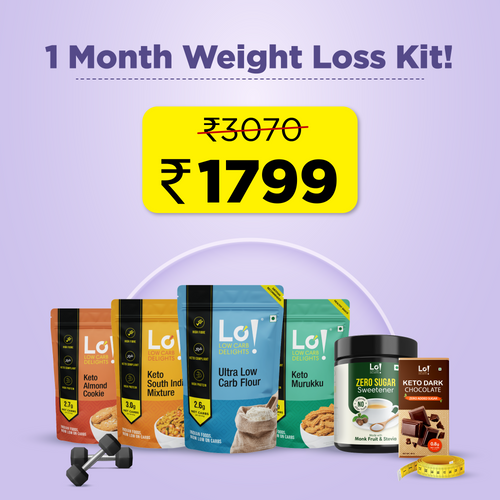
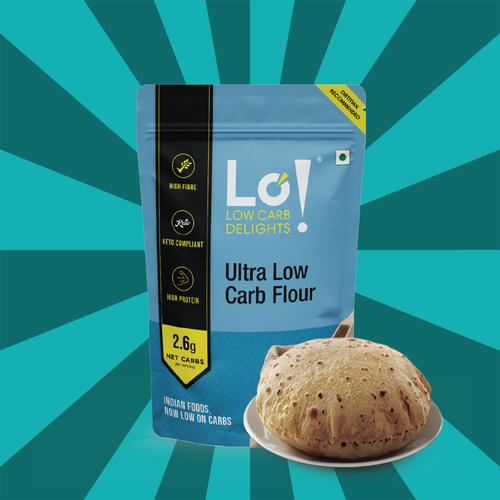


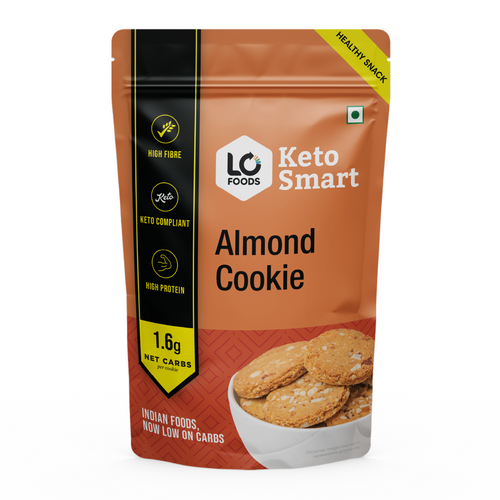



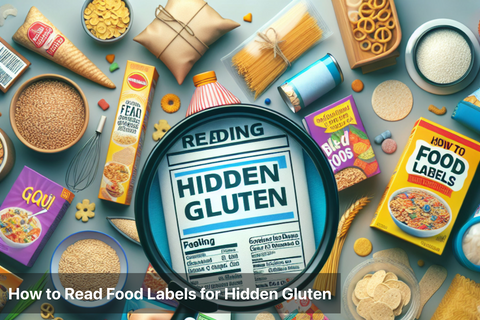
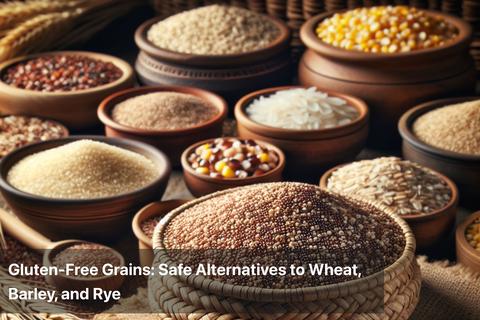
Leave a comment
Your email address will not be published.